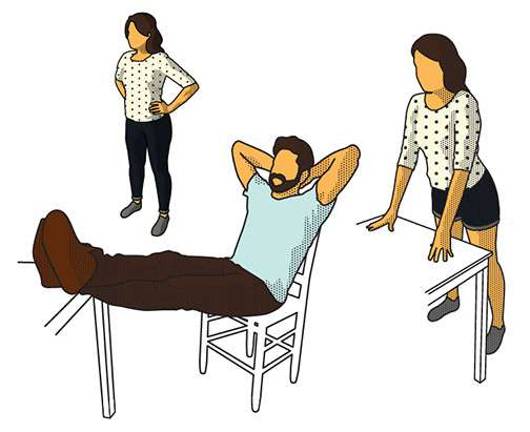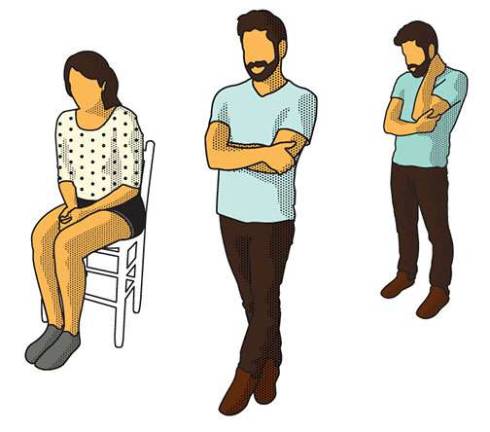Power posing: Fake it 'til you make it


By Julia Hanna
Nervous about an upcoming presentation or job interview? Holding one’s body in “high-power” poses for short periods can summon a surge of power and sense of well-being when it’s needed, according to Harvard Business School professor Amy J.C. Cuddy.
New research shows it’s possible to control those feelings a bit more: for example, during a job interview or for a key presentation to a group of skeptical customers.
“Our research has broad implications for people who suffer from feelings of powerlessness and low self-esteem due to their hierarchical rank or lack of resources,” says Cuddy, one of the researchers on the study. “It’s not about the content of the message, but how you’re communicating it.”
In “Power Posing: Brief Nonverbal Displays Affect Neuroendocrine Levels and Risk Tolerance” Cuddy shows that simply holding one’s body in expansive “high-power” poses for as little as two minutes stimulates higher levels of testosteraone (the hormone linked to power and dominance in the animal and human worlds) and lower levels of cortisol (the “stress” hormone that can, over time, cause impaired immune functioning, hypertension, and memory loss).
The result? In addition to causing the desired hormonal shift, the power poses led to increased feelings of power and a greater tolerance for risk.
“We used to think that emotion ended on the face,” Cuddy says. “Now there is established research showing that while it’s true that facial expressions reflect how you feel, you can also ‘fake it until you make it.’ In other words, you can smile long enough that it makes you feel happy. This work extends that finding on facial feedback, which is decades old, by focusing on postures and measuring neuroendocrine levels.”
“The poses that we used in the experiment are strongly associated across the animal kingdom with high and low dominance for very straightforward evolutionary reasons," said Cuddy. "Either you want to be big because you’re in charge, or you want to close in and hide your vital organs because you’re not in charge.
“It does appear that even this minimal manipulation can change people’s physiology and psychology and, we hope, lead to very different, meaningful outcomes, whether it’s how they perform in a job interview or how they participate in class.”
Cuddy acknowledges moderating factors in how easily some groups use traditional power poses. It would run counter to social norms, for example, if a woman wearing a skirt sat with her feet up on her desk while talking to a colleague.
“I’m not saying it’s fair, but there is a different range for women versus men,” says Cuddy, who also teaches several HBS Executive Education programs.
Female managers seem to have an intuition about the need to communicate confidence by striking expansive poses through other means. They might use a whiteboard as a prop that they can reach out and rest a hand on—allowing them to take up more space.
“There are implications across cultures as well,” she adds. Cuddy believes American poses are bigger and more flamboyant than what would be acceptable in Korea or Japan, for example, and expects to focus on this question in future research.
Source: Harvard Business School: hbswk.hbs.edu